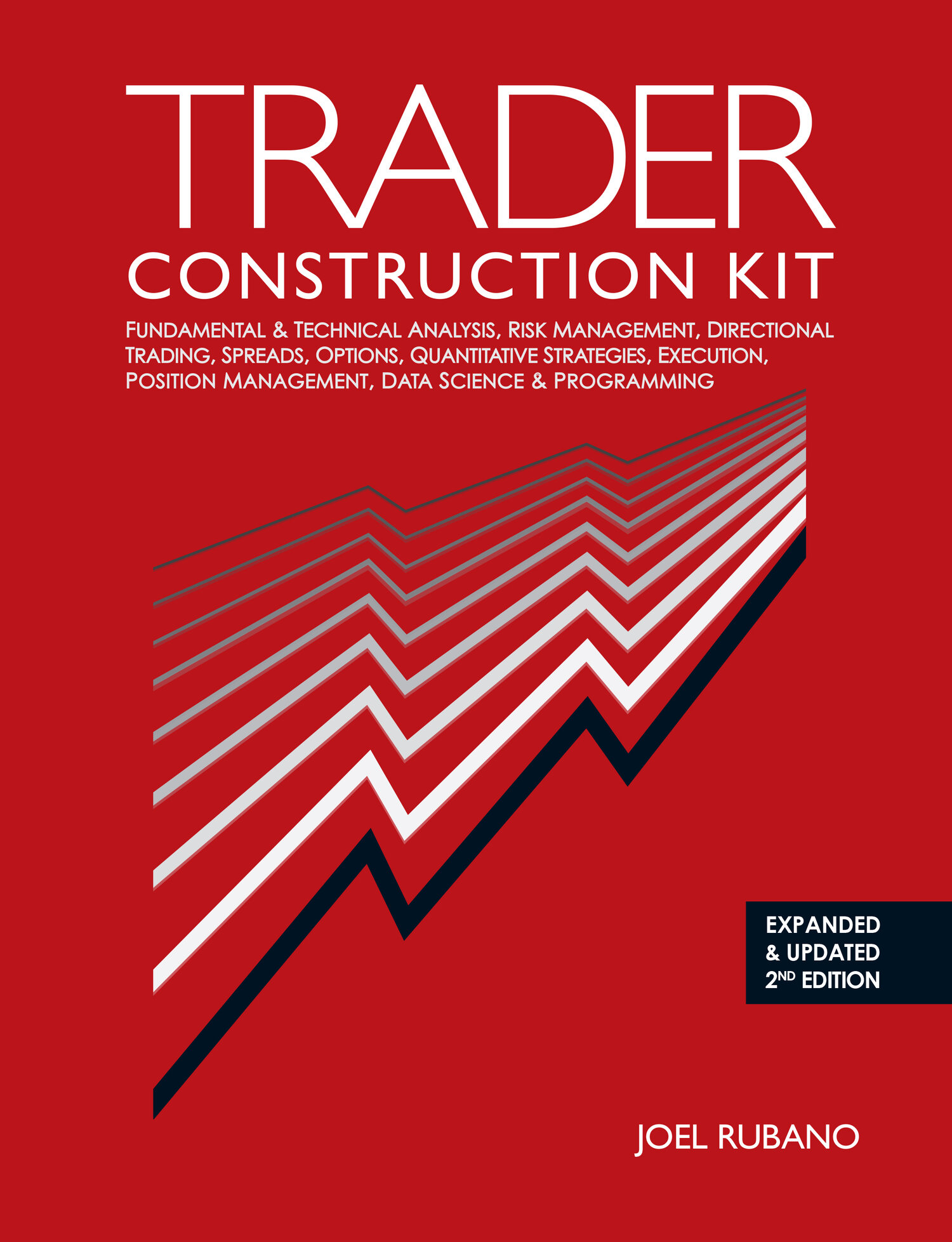This Is My View. There Are Many Like It, But This One Is Mine
It is important to be mindful that the trader’s view is entirely a product of his:
• Relative informational advantages and disadvantages.
• Acquisition, manipulation, and processing skills.
• Particular interpretation biases, strengths, and weaknesses.
• Access to incremental, going-forward information and the ability to feed it back into the decision loop.
As explored in Chapter 3, every individual in the market is working with a subset of the total available information. It is possible for different traders to begin with the same starting information and, through differences in technique and interpretation, arrive at very different views of the market. This disparity is exacerbated when, in most markets, traders and trading companies will start with widely different sets of information and possess varying degrees of observational and interpretational acumen. Every trader must understand that, of the factors that combine to create their view, they will have above-average skill with some, be even with the market in others, and lag behind with the rest. The trader must take into consideration, for each of the primary variables and key drivers that makes up his view:
• What he personally is good at or has a comparative advantage in?
• What he personally is bad at or has a comparative disadvantage in?
• What the firm is good at or has a comparative advantage in?
• What the firm is bad at or has a comparative disadvantage in?
The trader must make a clear and intellectually honest assessment of his skill and that of the analysts at their firm, relative to the market, or he deceives himself into a proposition where he is operating from a perceived advantage but an actual disadvantage. It is difficult, but possible, to beat the market with average information. To do so, the trader will have to compensate by leveraging other strengths to make up for the lack of an informational edge. His analysis will have to be better than the rest of the market’s, his risk assessment superior, and his trade selection more creative. He will need superior position management skill and iron discipline.
It is probably impossible to be long-run profitable with consistently worse-than-market information. No amount of skill on the trader’s part can be expected to overcome such a critical structural disadvantage.
Articulating the Trader’s View
To remote observers a trader’s market view is like an iceberg. The jagged part that does all the P&L damage is easy to see from a great distance, but the preponderance of the underlying rationale will remain hidden deep beneath the surface, impossible to gauge. A trader’s view on the market, also like an iceberg, has a tendency to roll over and change direction with little to no warning.
An unarticulated view, regardless of how meticulously researched and reasoned, is invisible to management. Documenting a view and the underlying rationale pre-trade can be massively useful in the event that the position turns out poorly. For any unusually committing trade, either in terms of size, risk, or novelty, making management aware of the underlying reasons for the exposure in addition to the stop and profit targets should be considered mandatory.
For any position that requires management or senior management approval, the ability to clearly articulate the view will frequently be the primary reason that the authorization for the exposure is approved or denied. A trader that cannot clearly explain and justify why she wants to create a position will not be given the latitude to do so.
From Chapter 7 - Developing a Cohesive Market View, Pages 256-257.
To read more, click here. To purchase Trader Construction Kit, click here.
Excerpt from Trader Construction Kit Copyright © 2016 Joel Rubano. All rights reserved. No part may be reproduced in any form or by any electronic or mechanical means, including information storage and retrieval systems, without permission in writing from the publisher, except by reviewers, who may quote brief passages in a review.
